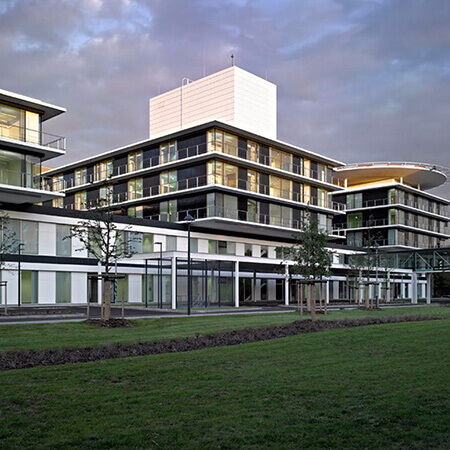About the disease
Duodenal diverticulum is a condition whereby a pouch starts to grow in the wall of the first section of the small intestine. According to MedicineNet.com, there are two types of duodenal diverticulum. In the first type a pouch, measuring between a few millimetres to a few centimetres, protrudes out from the duodenum. This type is more common than the second, which is characterized by a pouch that protrudes into the hollow of the duodenum where food is transported.
The exact cause of duodenal diverticulum has not yet been identified. However, one thing is clear: this is not a congenital condition. Some researchers believe that a hernia of the duodenum or weak muscles could lead to the development of a pouch. Performing hard physical labour or giving birth multiple times can lead to the over-exertion of abdominal muscles, which could subsequently lead to the development of duodenal diverticulum. Alcoholism and smoking can also considerably weaken an individual’s digestive system.
Duodenal diverticulum does not usually manifest itself with any symptoms; however it can become very painful if the pouch ruptures. In such cases, the inflammatory process may begin, which has similar symptoms to an infection. Even if asymptomatic, untreated duodenal diverticulum can lead to the development of gallstones and pancreatitis.
Symptoms
Duodenal diverticulum is usually asymptomatic. However, a ruptured pouch can cause the following symptoms to appear:
- Abdominal pain/ tenderness
- Fever
- Loss of appetite
- Weight loss
Diagnosis
- During a general examination, the doctor will palpate the patient’s abdominal area to locate the source of pain.
- The patient will be asked if they have suffered from food poisoning or had any infections lately.
- A barium swallow X-ray is the most effective way to determine whether a pouch has developed in the duodenum.
- An endoscopy enables doctors to have a more detailed look at the diverticulum and stomach.
- These imaging tests can also be helpful in finding out if gallstones or any other obstructions could be causing similar symptoms.
- A blood test and urinalysis can rule out the possibility of an infection.
Treatment
- Surgical resection of diverticulum with anastomosis. In this procedure, the pouch is cut out of the diverticulum. If the duodenum has become severed from the stomach or the small intestine during the process, it is reconnected (anastomosed). This surgical procedure is very effective and usually requires no further action.
- Following surgery, the patient may need to keep to a special diet and avoid strenuous physical activity during the recovery period.
Authors: Dr. Vadim Zhiliuk, Dr. Sergey Pashchenko



















